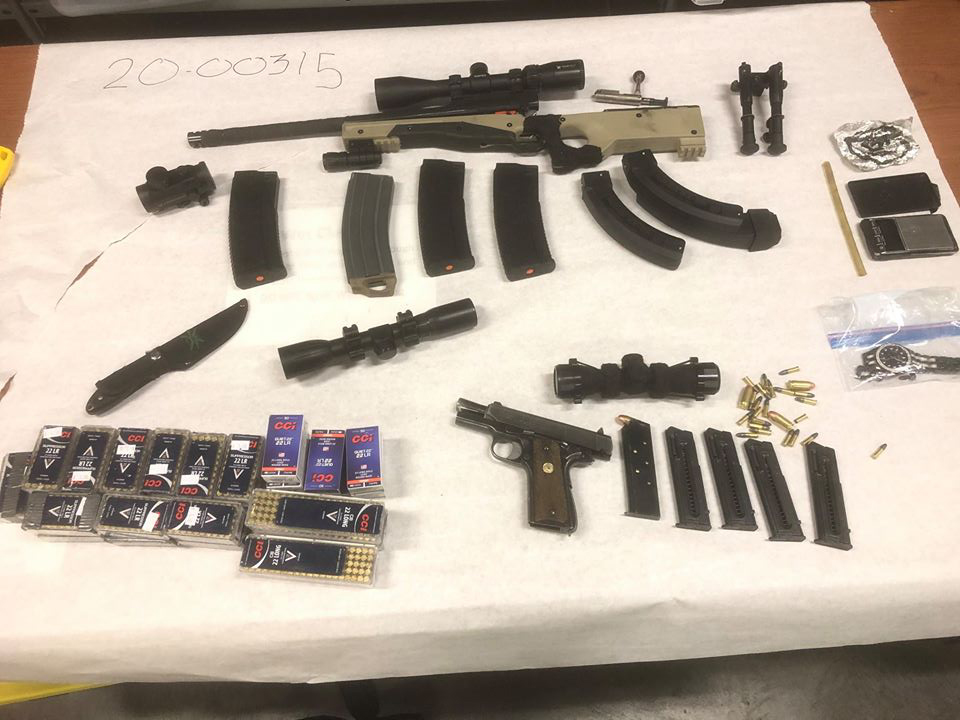Your optics play an important element in your ability get the most effective results regardless of whether you’re a professional or an amateur. A thorough understanding of the components can help ensure that your equipment is operating optimally in every shot.

Understanding the Importance of Optic parts when shooting Sports
A reliable firearm is essential to shoot sports such as shooting competitions, hunting or informal plinking at the range. Optic components are a feature that is often overlooked yet is essential for precision and accuracy. Optic parts, also referred to as sights, are affixed on firearms to aid shooters aim more accurately and effectively. We’ll discuss the significance of optic parts as well as how they can help improve your shooting skills.
What is Optic Parts?
Optic parts are equipment that allow shooters to aim their firearms more accurately. They come in a variety of shapes, including iron sights, red dot sights, holographic sight as well as magnified scopes. Each kind of optic features its own distinctive advantages and features. The type of optic you choose will be based on the shooting style you prefer.
Iron sights are the simplest type of optic part that is typically seen on traditional firearms. The sights comprise front and rear sighting post. The shooter aligns them so that they are pointed at the target. Red dot sights make use of an LED that is small to make an image of a reticle which appears as dots in the eye. They are well-known for their fast target acquisition and ease of use. Holographic sights produce one by using lasers. They are frequently used in tactical and military applications. Magnified scopes also employ lenses to magnify targets. This makes it much easier to accurately aim at long distances.
Optic Parts: Why are they important?
Optic components are crucial because they help shooters aim more precisely and efficiently. With the use of optic parts, shooters can shoot more accurately, especially at higher distances. Optic parts allow for faster target acquisition which allows shooters to aim quicker and more precisely. Optic parts are necessary for hunting and tactical shooting, since they aid in improving accuracy in low-light conditions.
How to Choose the Right Optic Parts
It is essential to select the most appropriate optic components for your shooting capabilities. There are a variety of aspects to think about when selecting the right optics component, including your shooting needs, budget and the type of firearm. Also, take into consideration magnification, as well as the type of reticle.
An optic’s magnification is related to how much zoom it can offer. Magnified scopes are often employed for long-range shooting as they allow shooters to accurately target targets from hundreds of miles away. However, magnified scopes may not be suitable for close range shooting. The red dot and holographic sights are commonly used for close-range shooting and rapid target acquisition, making them popular among shooters who are tactical.
The type of reticle is an important aspect to consider when choosing an optic part. Reticles come in different styles and are suitable for various shooting conditions. For instance, a basic crosshair reticle is perfect for target shooting, while the BDC (bullet drop compensating) one is ideal for shooting at long distances.
Upkeep of Your Optic Parts
It is essential to properly maintain your optics once you have selected them. Regular maintenance will ensure that the optics remain in good condition and reliable for years to come. The most basic maintenance tasks are cleaning your lenses, examining the zero and properly storing optic parts when not being used.
Cleaning your lenses is necessary to ensure that your optical components provide crisp and accurate image. Use a microfiber cloth with the solution for cleaning your lenses to clean your lenses. Avoid using paper towels because they could scratch the lenses.
To ensure they are properly aligned, verify the zero of your optic components. Remember that as time passes, the alignment of your optic parts may be distorted due to recoil and other elements. To test the zero and align the optics, shoot a few times at a goal and adjust the optic parts according to the need.
For more information, click Gun Parts